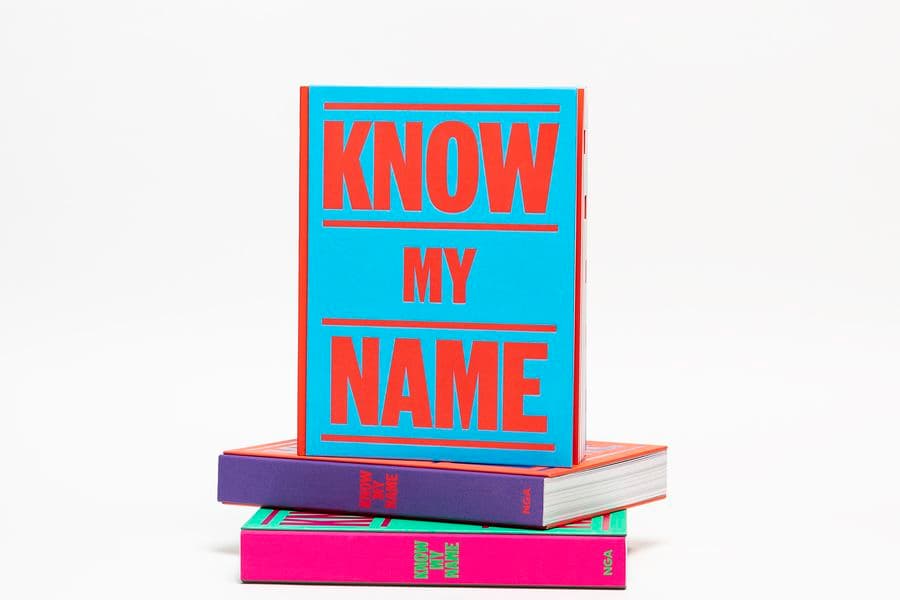Klytie Pate
1912 Narrm / Melbourne – 2010 Narrm / MelbourneKlytie Pate by Emma Busowsky Cox
Excerpted from the Know My Name publication (2020).
High diving c1950 embodies the elegant and highly refined aesthetic of Art Deco, a style that remained a touchstone for ceramic artist Klytie Pate (née Clytie Winifred Wingfield Sclater). Hand‑modelled, symmetrically applied figures embellish an otherwise streamlined form, and the glossy, highly hued glaze gives the work a luxurious finish concomitant with the guiding tenets of French Art Deco design.
Despite the proliferation of utilitarian stoneware in the 1950s, Pate remained consistent in her deference to the earthenware form, though she took a highly experimental approach to glazing—one she adopted in the lean years of the Great Depression as a student at Melbourne Technical College. She often applied glazes with a spray gun (an effect seen in High diving) and sometimes used unconventional materials in her glaze recipes. However, it was a tranquil, grey‑blue colour that became colloquially known as ‘Klytie blue’ and a hallmark of her work.
She also became renowned for technically adept, incised filigree work undertaken with linocutting tools while her pots were in the leather hard state— another design methodology learnt at Melbourne Technical College that was also adopted by other artists from that school including Marguerite Mahood and Allan Lowe. The Melbourne Tech Group’s pioneering achievements under the brilliant tutelage of Gladys Kelly, John Knight and Pate’s uncle, Napier Waller, firmly established the art pottery movement in Victoria. In 1947, Pate and Lowe became the first contemporary ceramic artists in Australia to have their work acquired by a state institution, a significant acknowledgment of their achievements and of the art form itself.(1)
In contrast to the sleek form of High diving, Pate’s early work from the 1930s evokes the earthy palette of the Arts and Crafts movement, reflecting the environs of the Melbourne home she shared with Napier and her formidable and eccentric aunt, the printmaker and stained‑glass artist Christian Waller. Pate has described the years she lived at Waller House, from 1925 until her marriage to graphic artist Bill Pate in 1937, as ‘the best period of my life’.(2) It was under her aunt’s guidance that Pate’s artistic talents were hewn, to which end Waller recommended a change to the spelling of Pate’s first name for a more propitious result in numerology.
In a career that spanned more than 60 years, Pate’s dedication to her art saw an extraordinary and prolific output. She was awarded an Order of Australia Medal in 1991, and her work is held in public collections across the country.
(1) The National Gallery of Victoria acquired Pate’s Covered jar 1947 and Lowe’s Bowl c1947.
(2) David Perry, ‘Klytie Pate interviewed by James Murdoch’, Australia Council, 1992. Also see Emma Busowsky Cox (ed), Daughters of the sun: Christian Waller & Klytie Pate, Bendigo Art Gallery, Bendigo, 2018.
Citation: Cite this excerpt as: Busowsky Cox, Emma. "Klytie Pate" in N Bullock, K Cole, D Hart & E Pitt (eds), Know My Name, National Gallery of Australia, Canberra, 2020, pp 294–295.
EMMA BUSOWSKY COX is Curator, Bendigo Art Gallery, Bendigo.

//know-my-name/media/dd/images/64184.ba24299.jpg)
